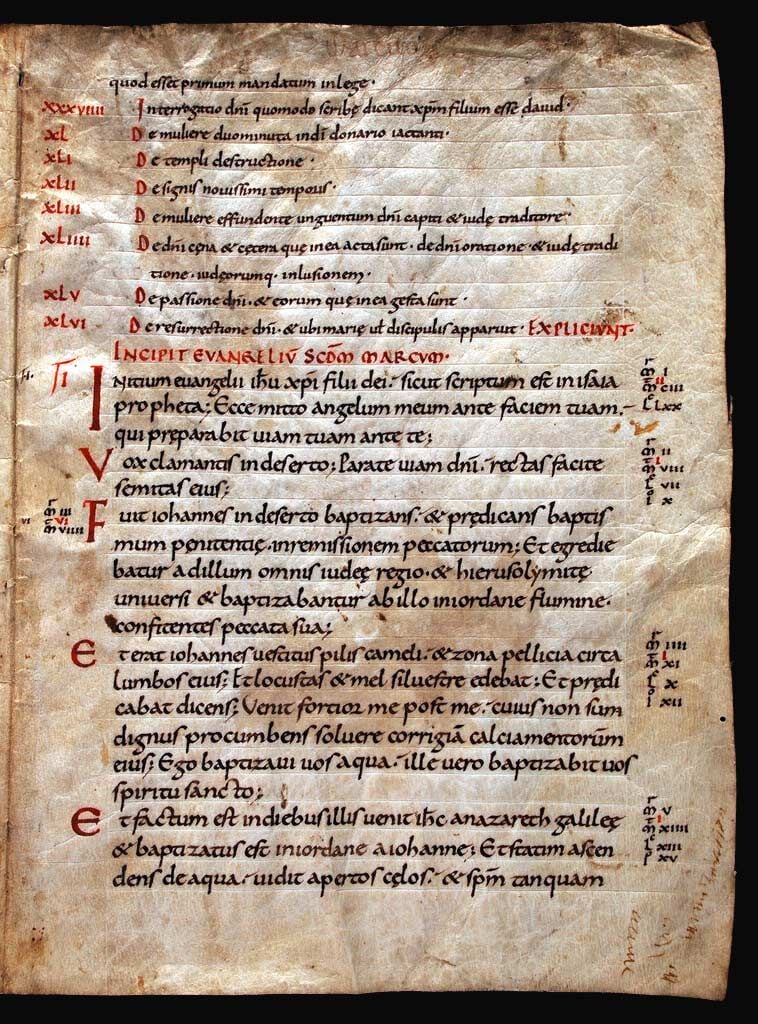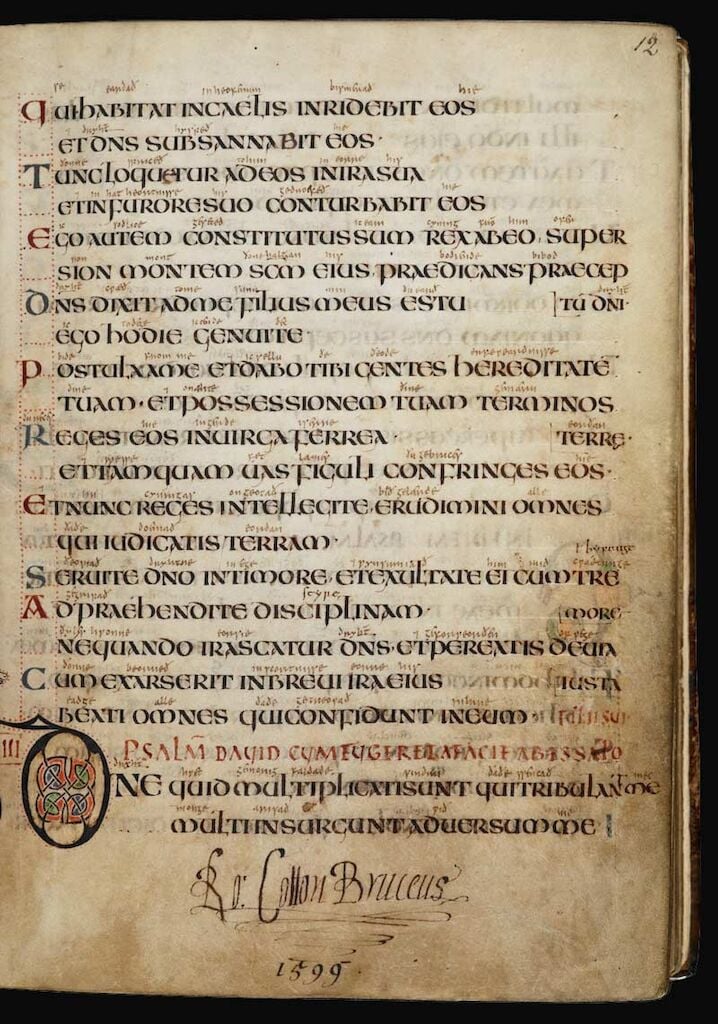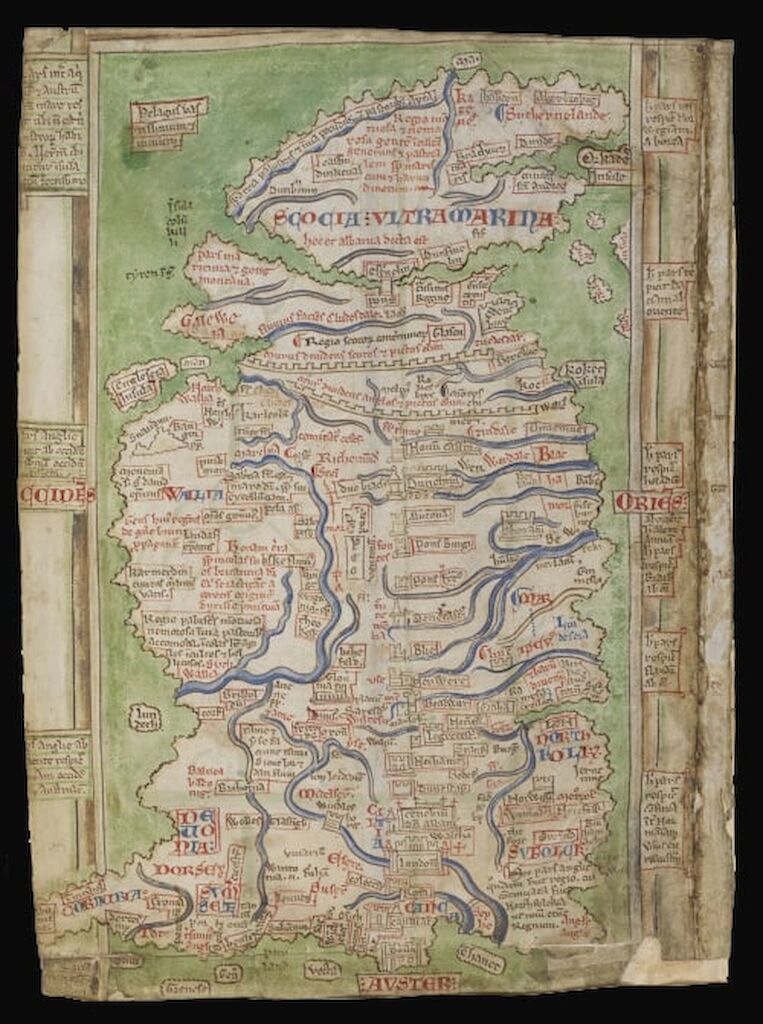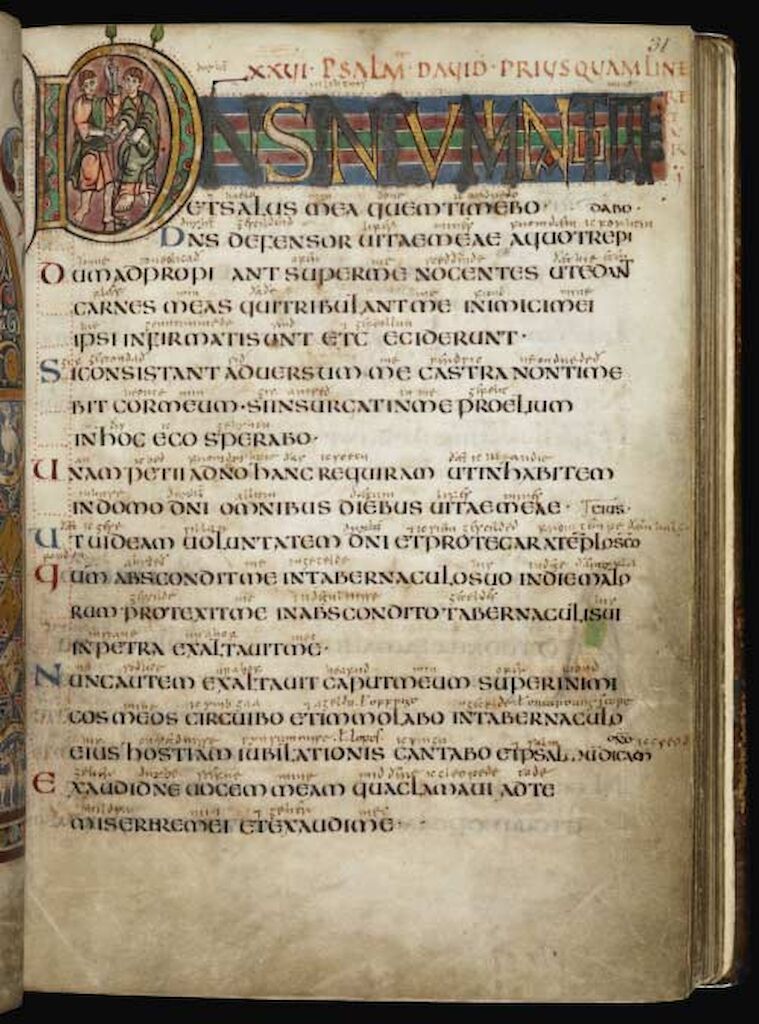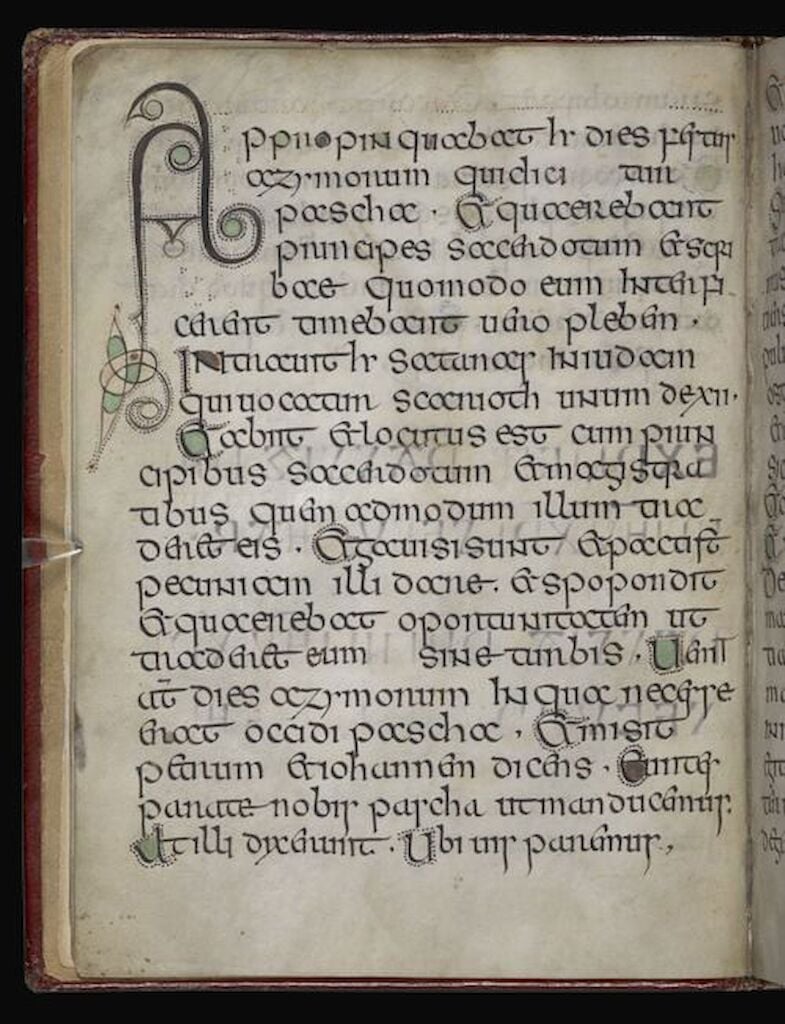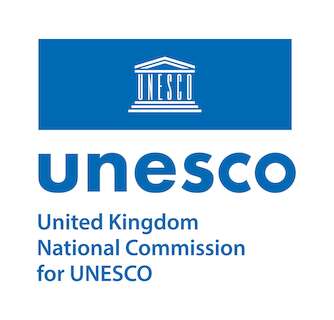The Cotton Collection of Manuscripts
Sir Robert Cotton (1571–1631) was a politician and antiquarian scholar, who began to assemble his collection of manuscripts as early as 1588, aged just seventeen. Cotton’s collecting interests focused on works central to the study of British history, such as chronicles, cartularies, maps and state papers.
The importance of these manuscripts for our knowledge of the past cannot be overstated. For example, Robert Cotton brought together the largest collection of Anglo-Saxon manuscripts in the world, including two early copies of Bede’s Historia ecclesiastica gentis Anglorum and five manuscripts of the Anglo-Saxon Chronicle, as well as the earliest surviving Anglo-Saxon charter, dating from AD 679. After Robert Cotton’s death, the library passed in turn to his son, Sir Thomas Cotton (d. 1662), and grandson, Sir John Cotton (d. 1702). In 1702, the Cotton library was acquired by the British government, the first occasion that any library passed into national ownership in Britain – an important step in the creation of a national, public library.

